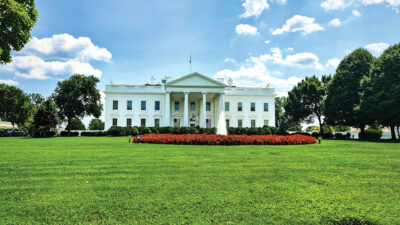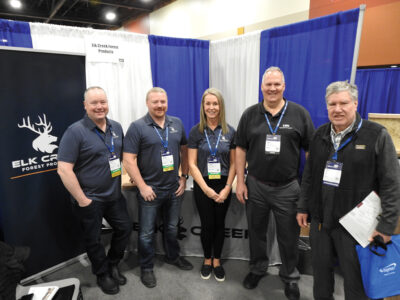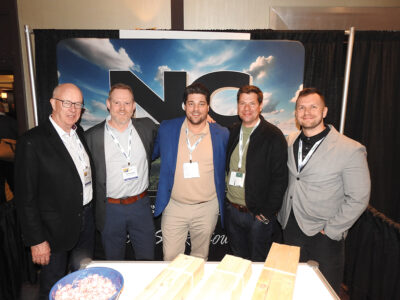Santa Rosa, CA—USDA Forest Service researchers recently published FPL-RP-706, entitled Cradle-to-Gate Life-Cycle Assessment of Redwood Lumber in the United States. Life-Cycle assessment, LCA, also known as life-cycle analysis, can be thought of as an environmental audit where all of the environmental impacts from raw material extraction and processing (cradle) through manufacture and preparation for distribution (gate) are scientifically measured. Primary data on forestry operations, transportation of logs from forests to the sawmill and lumber production, including sawing, drying and planing, was collected from three major Redwood lumber mills, including Humboldt Sawmill Company, LLC and Mendocino Forest Products Company, LLC, representing 66.6 percent of the total production volume of the Redwood lumber industry in 2017. (The parent company of these two sawmills is headquartered in Santa Rosa, CA.) The authors of the study collected primary data according to Consortium for Renewable Industrial Materials (CORRIM) research guidelines.
Key findings of this study focus on energy consumption, biogenic carbon and global warming potential. Because of large renewable energy inputs including electricity and heat from cogeneration of mill residues, the environmental impact of Redwood lumber production is quite low. In fact, 69 percent of total primary energy used in Redwood lumber production comes from renewables, especially biomass. Despite the energy used in milling processes, kiln-drying, etc., fully 76 percent of the kilowatts produced were exported to the commercial grid. The low cumulative energy consumption for Redwood lumber production occurs because of the relatively minimal use of kiln-drying.
In terms of Greenhouse Gas (GHG) emissions, this study showed Redwood lumber stored about 12 times the total GHG emissions released during cradle-to-gate product manufacturing. CO2 uptake from the atmosphere into Redwood trees, used to make Redwood lumber, and the storage of the resultant carbon in long-lived Redwood lumber, is a substantial environmental attribute because this carbon is sequestered or kept from the atmosphere. The results of this study have been used to develop a Redwood lumber Environmental Product Declaration (EPD) which provides verified data on environmental performance in a standardized business-to-business format.
The Mendocino Family of Companies includes Allweather Wood, Humboldt Redwood Company, Humboldt Sawmill Company, Mendocino Forest Products and Mendocino Redwood Company.
For more information, go to www.mendoco.com.









